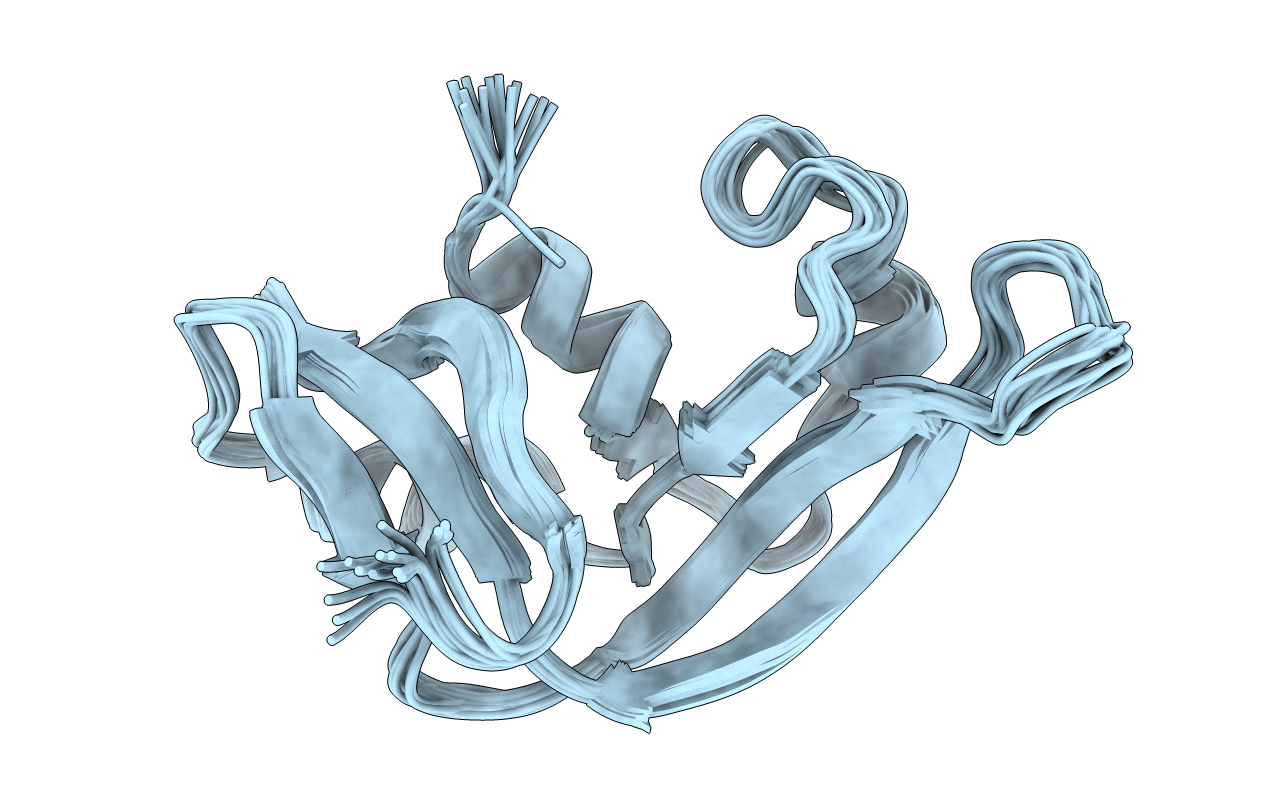
Deposition Date
2002-01-28
Release Date
2002-07-28
Last Version Date
2024-10-23
Method Details:
Experimental Method:
Conformers Calculated:
200
Conformers Submitted:
15
Selection Criteria:
structures with the lowest energy


